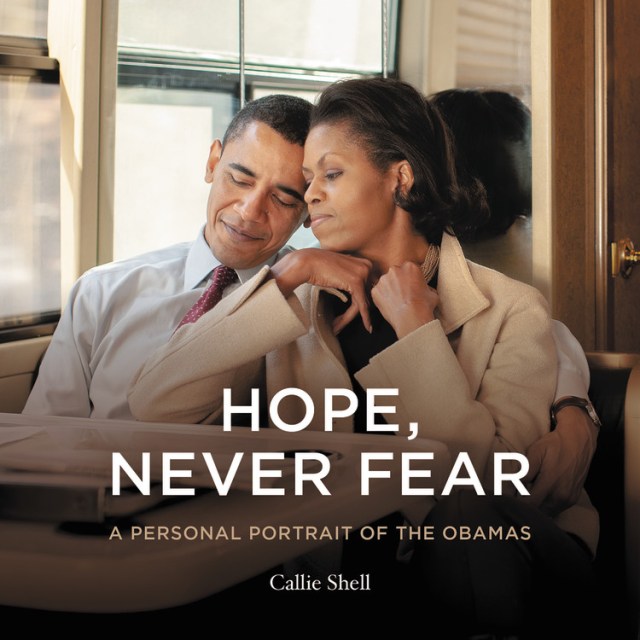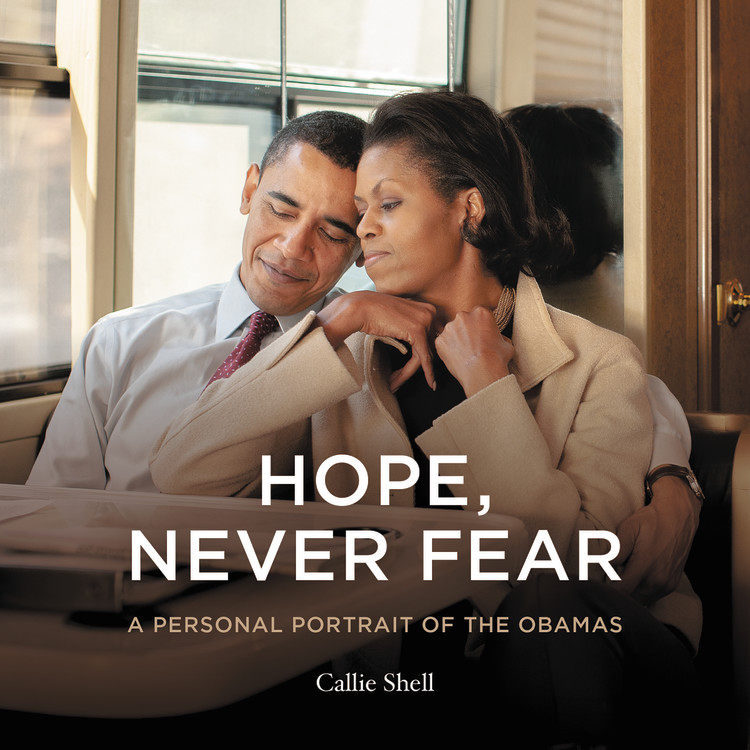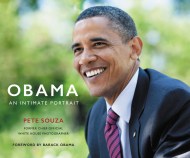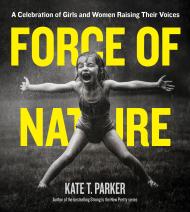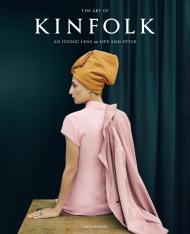Promotion
Use code MOM24 for 20% off site wide + free shipping over $45
Hope, Never Fear
Contributors
By Callie Shell
Read by Callie Shell
Formats and Prices
Format
Format:
Audiobook Download (Unabridged)This item is a preorder. Your payment method will be charged immediately, and the product is expected to ship on or around September 3, 2019. This date is subject to change due to shipping delays beyond our control.
Also available from:
An in-depth introduction written and read by Shell is followed by a collection of personal stories from her time spent with the Obamas. These uniquely intimate anecdotes are interwoven with inspiring excerpts from live speeches by Barack and Michelle Obama, that reveal their warmth, compassion, and unending commitment to service.
Hope, Never Fear: A Personal Portrait of the Obamas, the audiobook, provides an affecting and deeply personal insight into this extraordinary couple who inspired and empowered millions of people around the world.
The audiobook edition features the following recordings of live speeches, among others:
Democratic National Convention, Denver, Colorado, USA, August 25, 2008
Democratic National Convention, Charlotte, North Carolina, USA, September 4, 2012
State of the Union Address, United States House of Representatives, Washington, DC, USA, January 28, 2014
United Nations General Assembly, New York City, New York, USA, September 24, 2014
State of the Union Address, United States House of Representatives, Washington, DC, USA, January 13, 2016
Democratic National Convention, Philadelphia, Pennsylvania, USA, July 27, 2016
Interview with Oprah Winfrey, the White House, Washington, DC, USA, December 19, 2016 (Audio Courtesy of Harpo. Inc.)
Nelson Mandela Annual Lecture, Johannesburg, South Africa, July 17, 2018
© 2019 Callie Shell, ℗ 2019 Blackwell and Ruth Limited
Produced by Blackwell & Ruth for Chronicle Books Audio
All rights reserved
Genre:
- On Sale
- Sep 3, 2019
- Publisher
- Chronicle Books
- ISBN-13
- 9781452184951
Newsletter Signup
By clicking ‘Sign Up,’ I acknowledge that I have read and agree to Hachette Book Group’s Privacy Policy and Terms of Use
